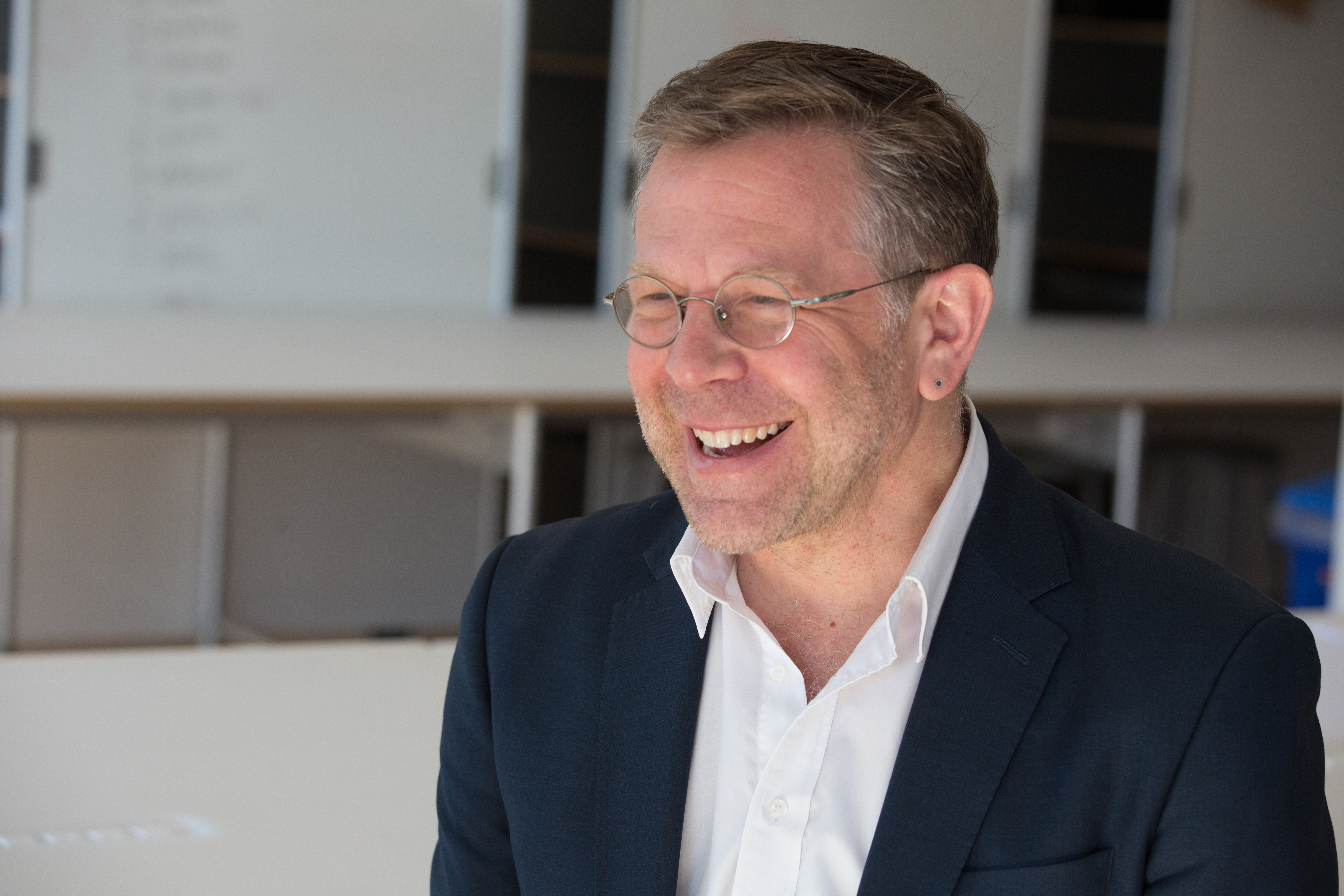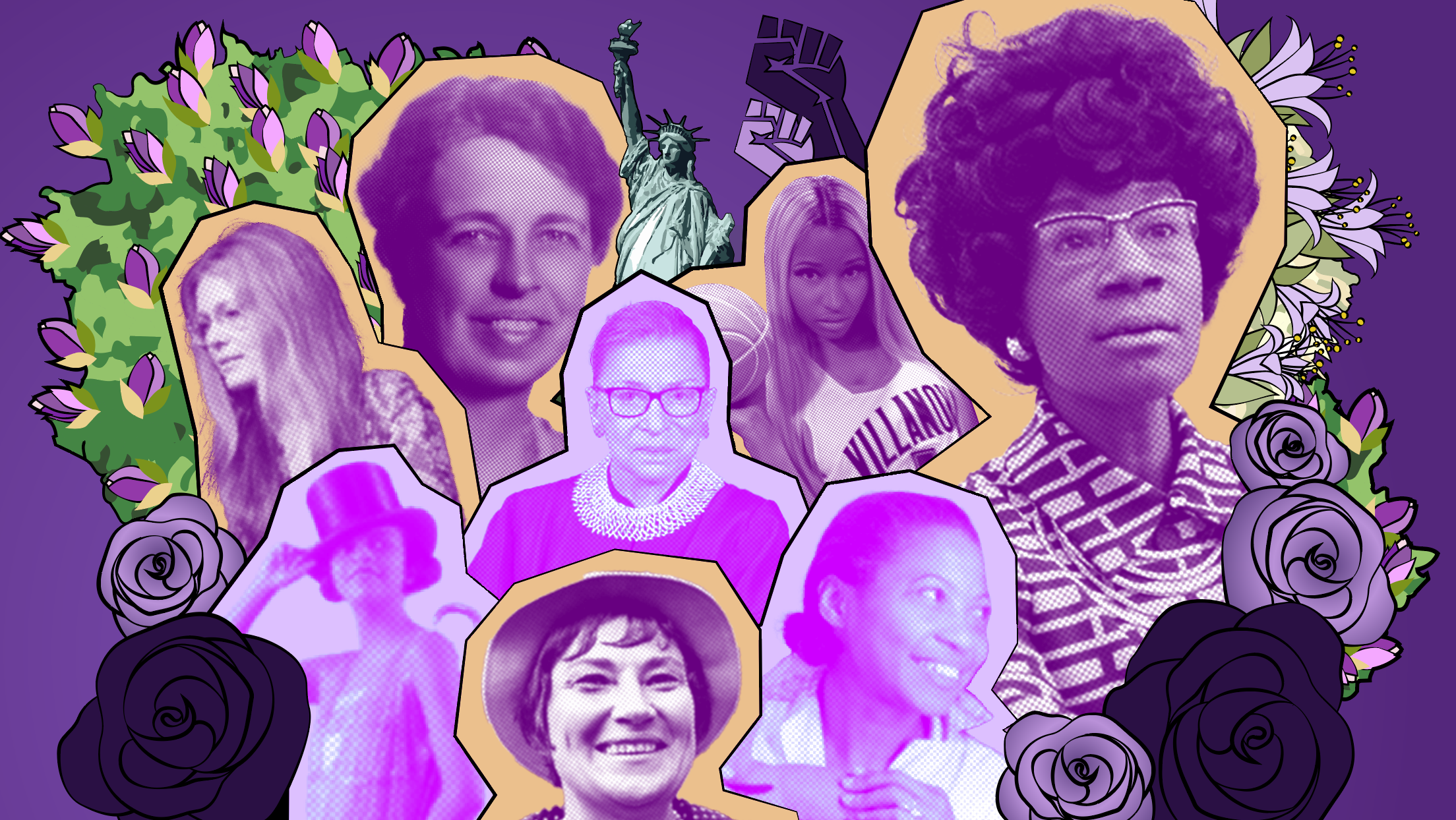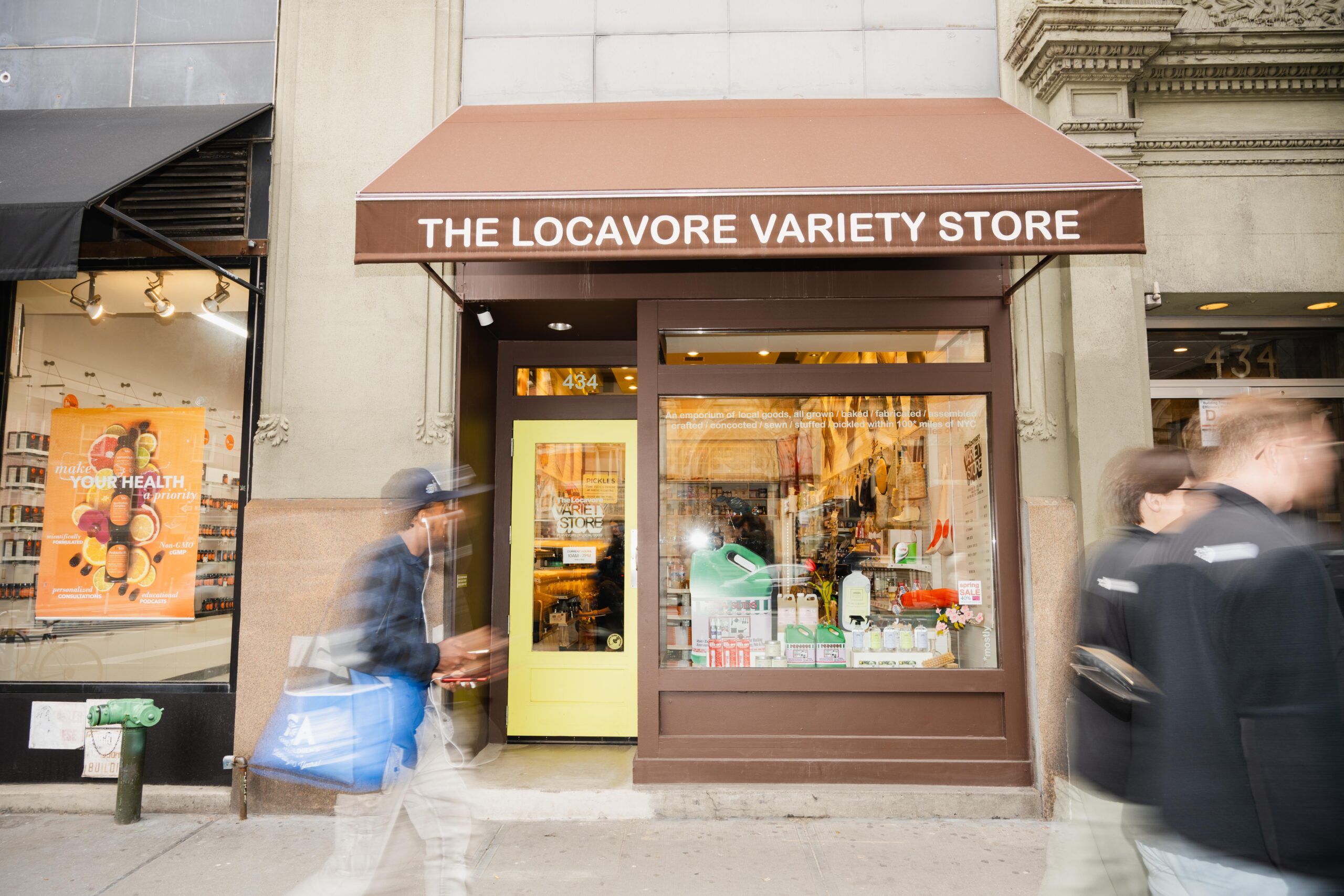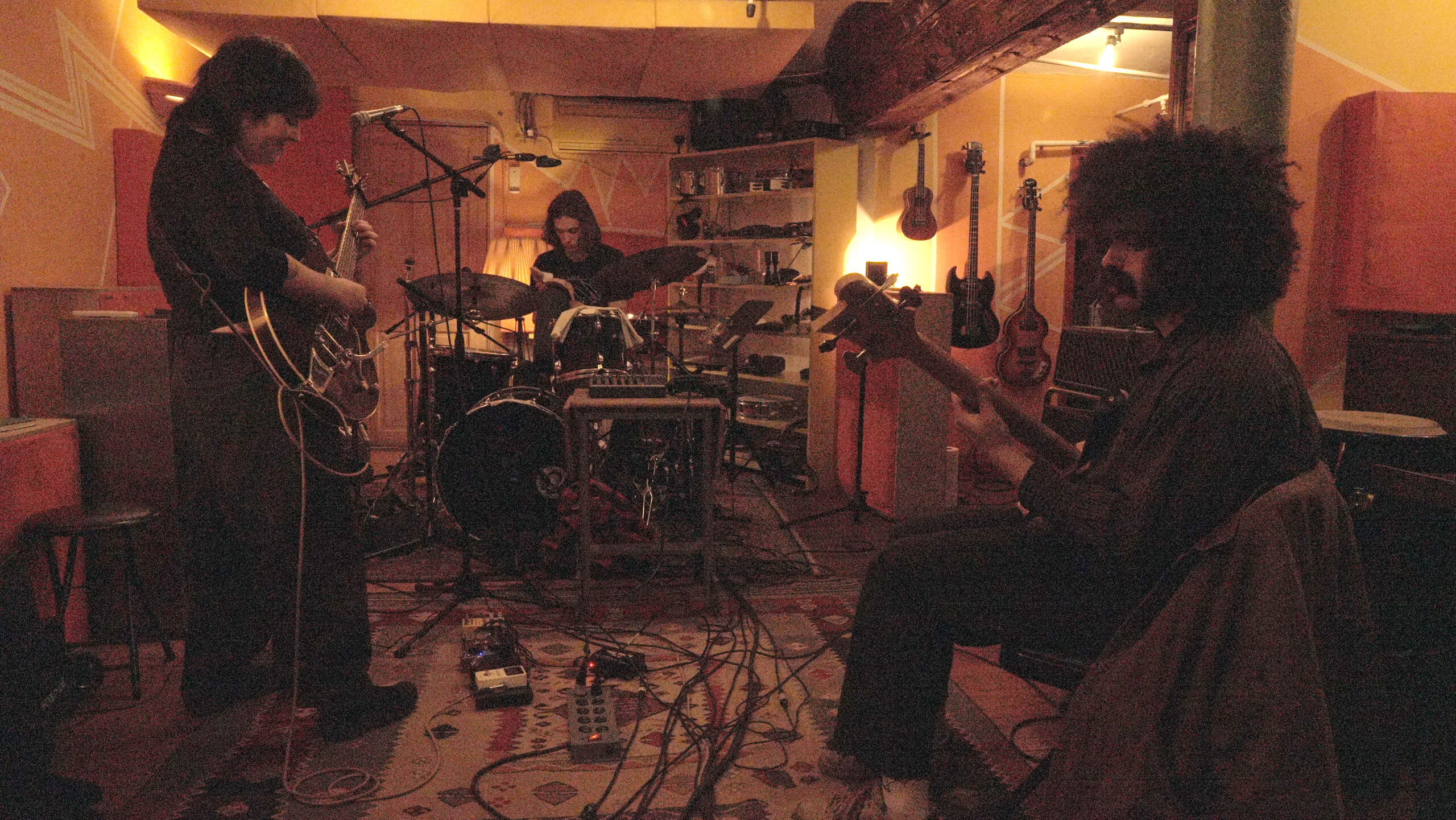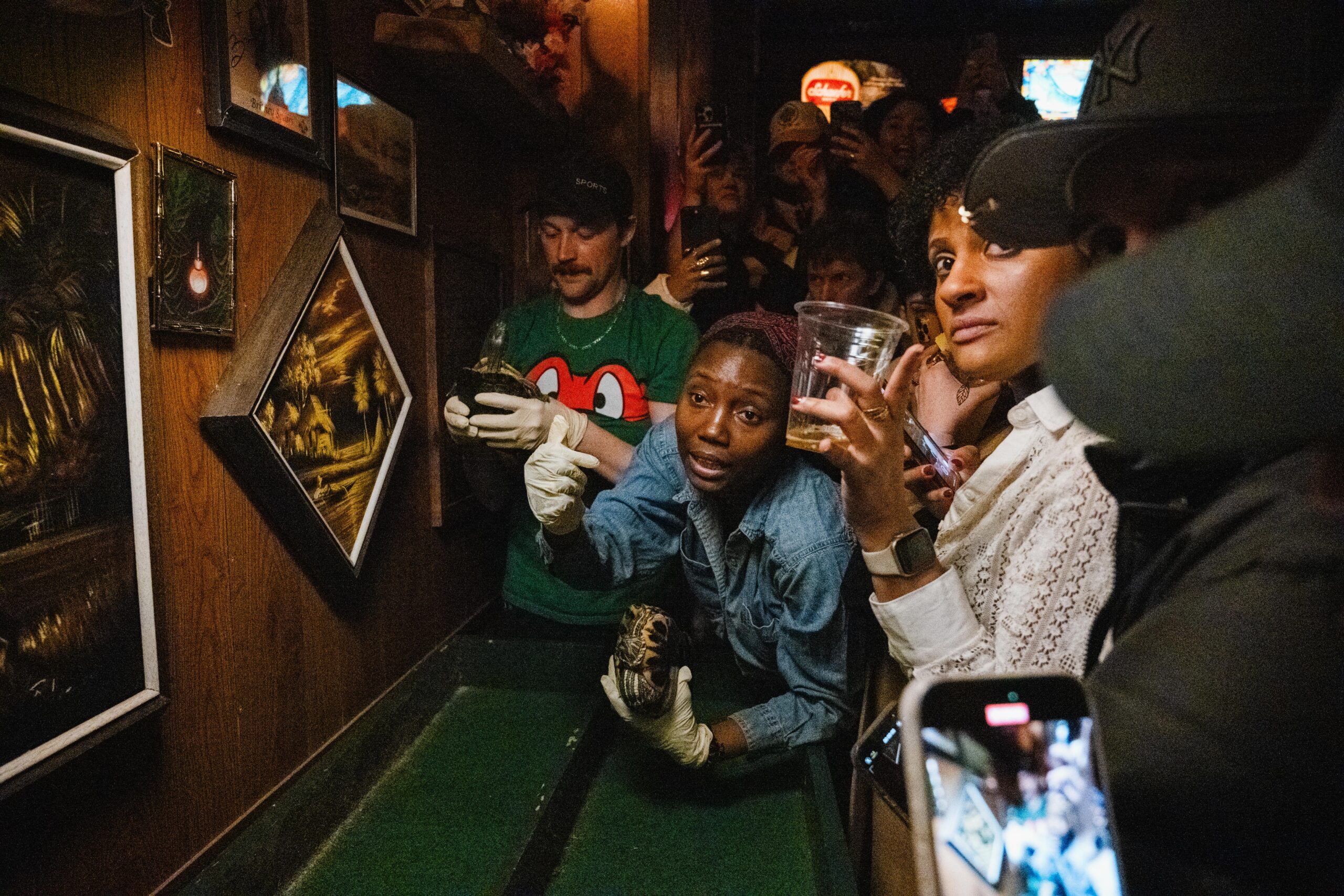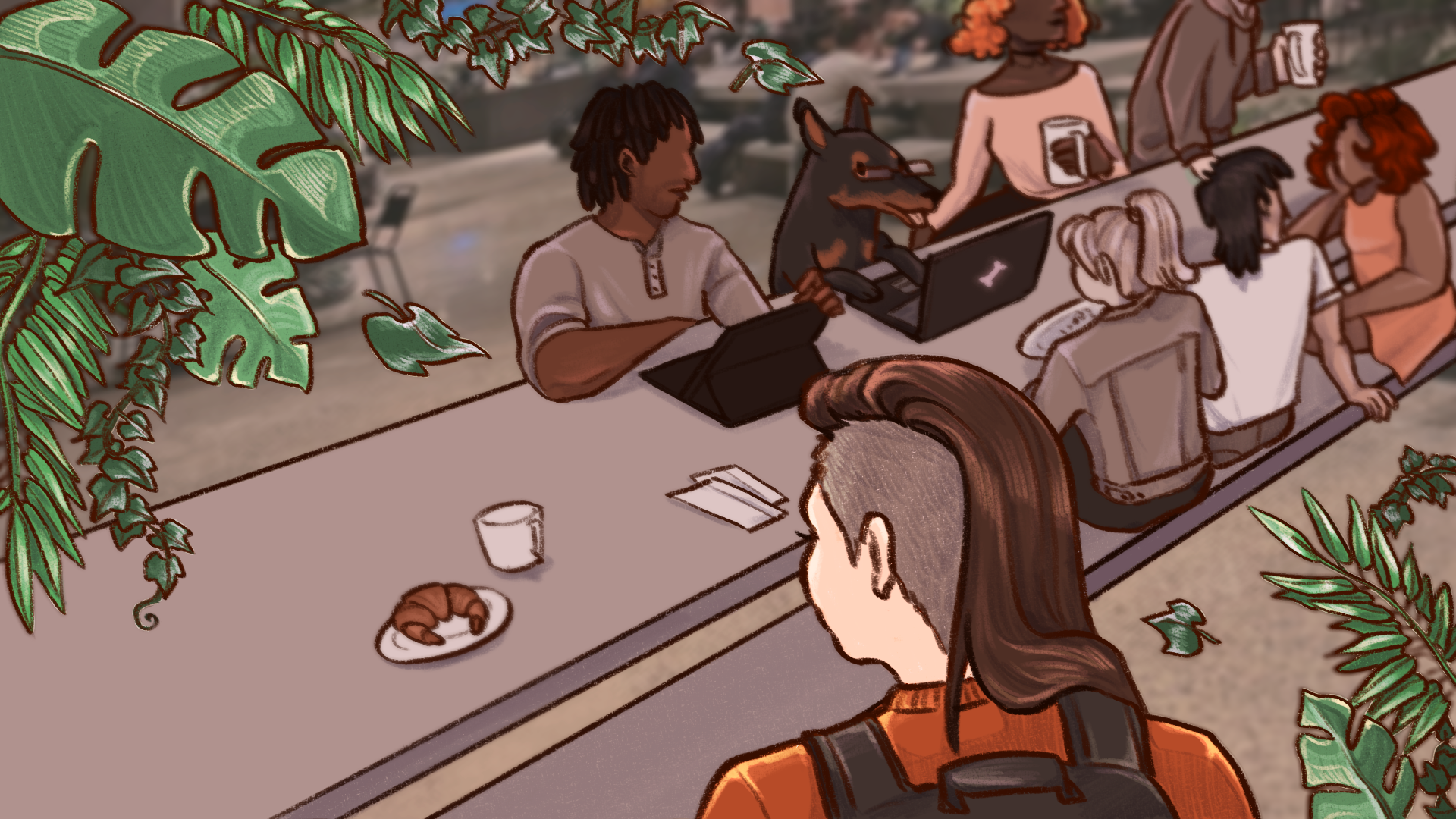Groups of students are printing 3D prototypes, machine-knitting garments, twisting wires or smudging charcoal into paper. It’s a typical day at the Making Center, a 28,000 square foot studio space open to all students.
It is also Parsons’ executive dean Joel Towers’ favorite place on campus and one of his biggest accomplishments.
“When you have a really tough day around this place, and occasionally there are some hard days, the first thing I do is I go down to the Making Center and I just walk through,” Towers said. “The energy in that space, from the student who’s just there eating lunch, to the one who’s working on a project, to the group of them that are forming a new business, to the crazy wonderful things that are coming out of the various different new technologies or traditional technologies we have, it just changes my mood like that.”
The Making Center is a physical manifestation of Towers’ curricular vision for Parsons. The curriculum Towers developed, which he said is another of of his proudest accomplishments, was built to focus on creative innovation, Towers said, challenging the status quo and promoting social engagement.
In October, Towers announced that he will be stepping down as dean to take on a new position as university professor. Towers joined the New School in 2004 as a faculty member in Architecture and Sustainable Design. Over the next five years, he held four different positions, including associate provost, director of the Tishman Environment and Design Center and founding dean of the School of Design Strategies. In 2009, he became the executive dean at Parsons.
William McHale, director of the Making Center, has worked with Towers since 2015 and said he is sad to see the departure of one of the biggest advocates of the Making Center.
Throughout his tenure, Towers has rewritten every undergraduate degree at Parsons and created numerous new graduate degrees to complement them. He said his experience as an architect aided him in restructuring since it made him comfortable working with complex projects at a large scale.
“I think it’s been very helpful to see it as a design project. [Seeing] it through the lense and scale of an architect has allowed me not to feel like every week is a failure because I haven’t achieved something, it’s actually moving in a direction that you see over a longer time,” Towers said.
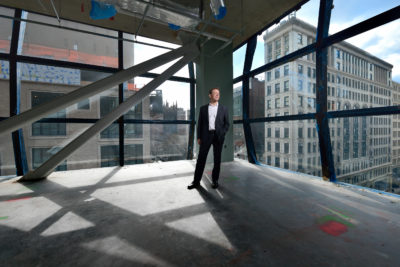
Towers explained that most art and design schools follow a curriculum established in the Bauhaus, which emerged as a reaction to the industrial revolution and rise of consumer culture in the 20th century.
While consumer culture still exists today, Towers argued that design curriculum should also respond to questions around sustainability and the environment.
“We really want to teach [students] how to acquire new knowledge, be aware of the systems in which they are engaging, be informed citizens,” Towers said. “I mean that in the broadest sense of the term, both socially and ecologically and in terms of their intergenerational responsibilities. [Students should] figure out how they use art, or design, or business to engage in those questions.”
He built the curriculum to provide students with what he said is a “systems” type of thinking in which broader questions about the world influence any design decisions they make.
“We think of it as a spectrum… a ‘spaghetti drawing,’ as we used to call it, that has all of these different pathways to get through this experience, recognizing that there will be different kinds of learners with different kinds of expectations,” Towers said.
Rewriting the curriculum was a risky thing to do. Towers called the process “pretty outrageous, audacious even.” As dean, Towers felt challenged to balance caution and innovation.
“It’s the desire to steward something successfully but make sure you’re taking enough risks to keep it vibrant and really attentive to the issues of the day,” Towers said. “That’s a really interesting challenge for any art and design school. To do that at Parsons, given the university context, that’s been fascinating.”
McHale said that Tower’s curriculum restructure was a commitment to Parsons’s mission of forward-thinking design.
“Education is not what it used to be,” McHale said. “The challenges we have are not the same challenges we used to have. They’re big and I think Joel recognizes that. I think a lot of his mission is led by creating a university that specifically positions itself to respond to that in as dynamic a way as possible. You can’t do that in a safe way.”
While the Making Center is complete, Towers said there is still work to be done.
“I’m incredibly proud of what we’ve done spatially. We’re not done yet.” Towers said. “I’m not done with the work that needs to happen. There’s still more resources to be transformed. There’s still more curriculum to be written and rethought.”
Something Towers also would like to see in the new dean is the desire to make Parsons a more diverse community. Although he said this is something he has made progress with, he also said that he has just scratched the surface.
“There’s all sorts of things that we have to do. Our faculty, our curriculum could be more diverse. We’ve made progress, but I want somebody who wants to keep pushing that,” Towers said.
He said that it may be time for someone with a different perspective to lead Parsons, noting that all the Parsons deans have been white men.
“I think it’s probably time that this place is a little more diverse,” Towers said. “I think we ought to be thinking about the fact that in 122 years this place has been led by people like me, which isn’t to say that I don’t think I did a good job, but I am who I am,” Towers said.
Towers studied architecture as an undergraduate at the University of Michigan and received a Masters of Architecture from Columbia University. In 1992, he became a founding partner of SR+T Architects, a sustainable design firm.
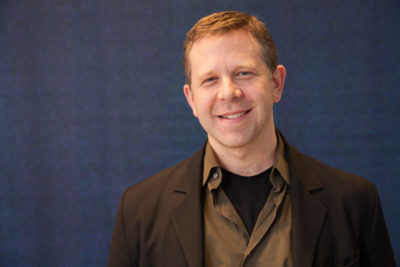
While Towers is stepping down as dean, he will stay on at Parsons as a university professor, a position that’s only currently held by one other person, Alexander Aleinikoff, who is director of the Zolberg Institute on Migration and Mobility. Towers will focus on environmental issues and sustainability.
Allison Pinz, a senior studying strategic design and management at Parsons and member of the Parsons Student Senate, said Towers cares deeply about the students and has always worked hard to listen to the students and their needs.
“He does so much with sustainability already, we’re thrilled to see what he does here with the students,” Pinz said.
Sahar Rahaman, a junior at Parsons studying architecture, saw Towers’ commitment to students even before she enrolled at The New School.
When Rahaman was submitting her application to Parsons, the server was down in the hours before the applications were due. Stressed about missing the deadline, Rahaman and her mom found email addresses of administrators that might be able to help. She said Towers was the first person to reply. He looped in the IT department to resolve the problem.
“Clearly, he is the dean and is a very important person. I found it very nice,” Rahaman said. “For me, there’s a lot of credibility to his name for doing that.”
In her first year at Parsons, Rahaman remembered listening to Towers speak about climate change during a field trip her class took to the United Nations headquarters.
“It reinforced the idea in my head about how he holds a very important title, but at the same time he is still really passionate about issues of importance and cares about what the students are learning,” Rahaman said.
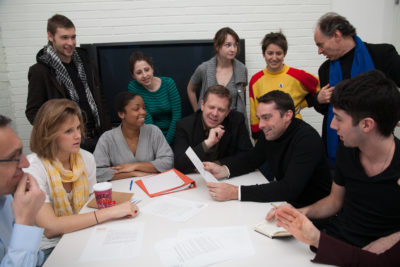
As Towers moves into his new position as university professor, he will be focusing on the issues that he has been working on for nearly 30 years, and what Rahaman heard him speak about at the UN: climate change, sustainability, and the environment.
“We are in the midst of a crisis, but it’s a slow-moving crisis, and it’s the kind of thing people tend to not think about and therefore not focus on really making change,” Towers said. “We have a crazy political environment in which people think it’s okay to go backwards, and so from my perspective, this university professor platform enables me to collaborate with some amazing people. ”
Although Towers is looking forward to working on issues he is passionate about, he understands the significance of leaving his position.
“There’s never really a right time to do these things,” Towers said. “I was never planning to be dean for life, and I was always planning on having a next dean follow me because that means the school is thriving and surviving.”
Photo courtesy of The New School.

